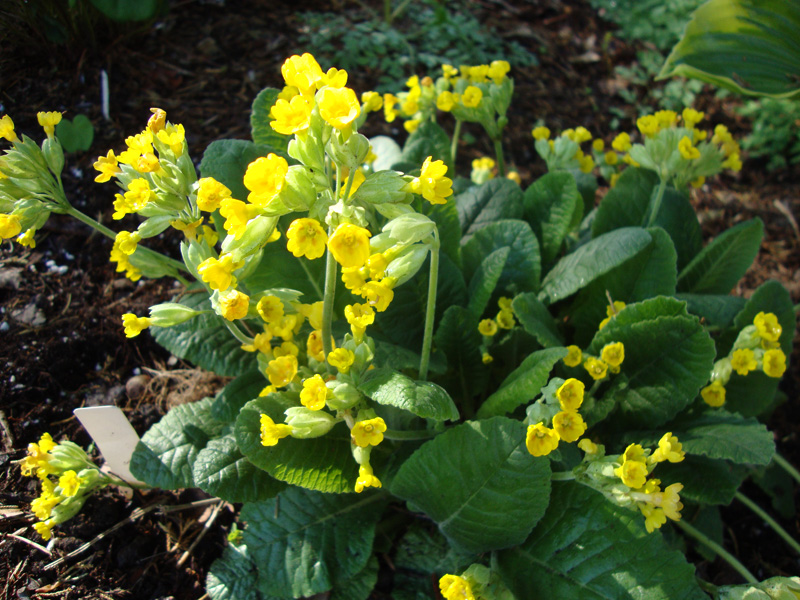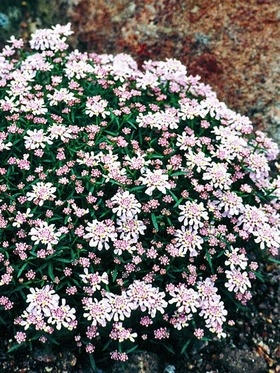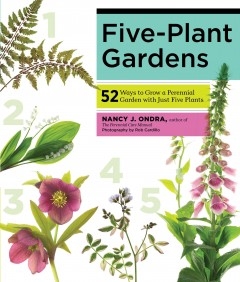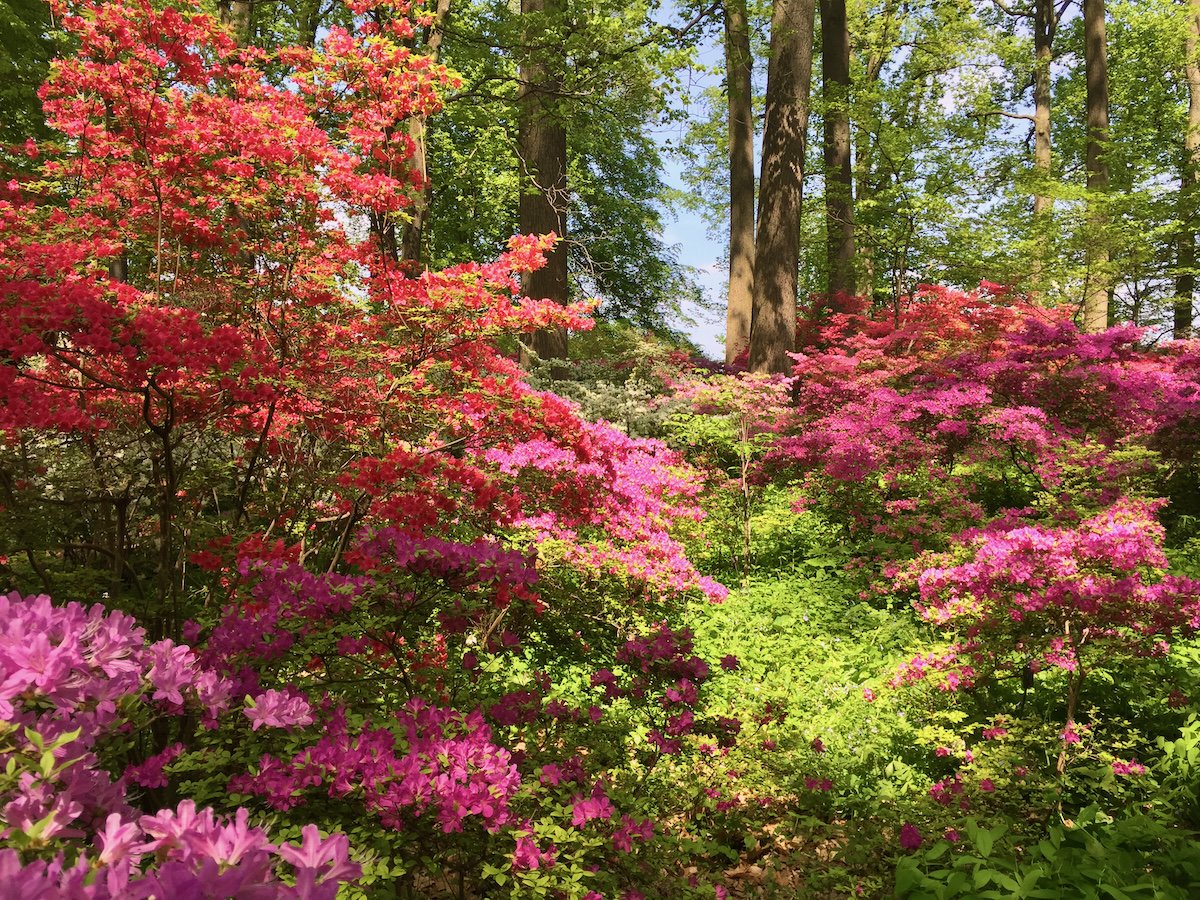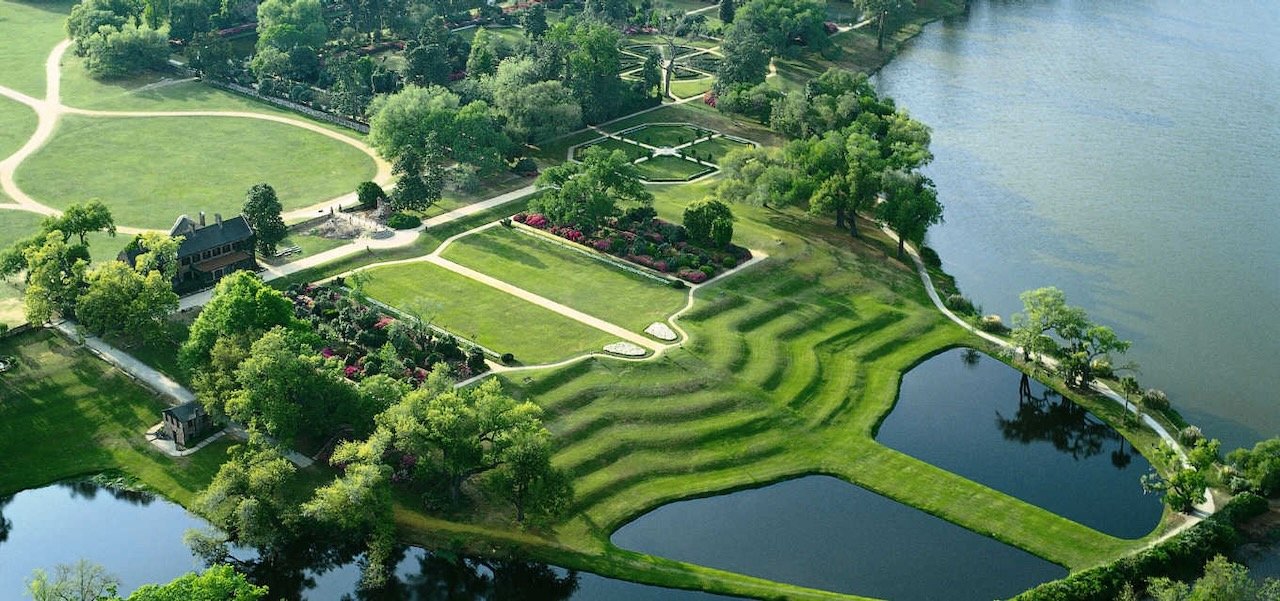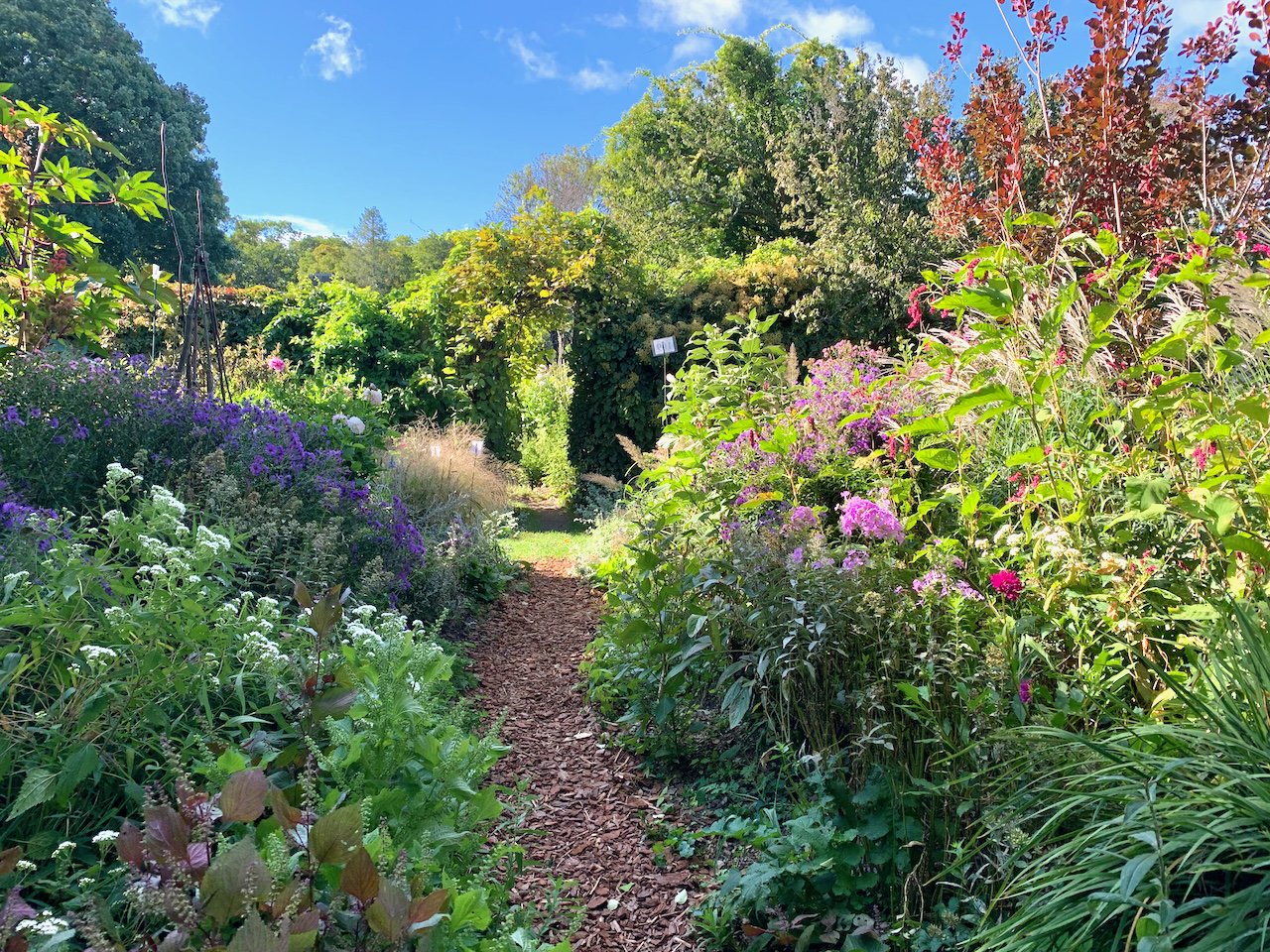Favorite Nurseries in New England
/Joan and I love to lecture about gardening and are often asked about where we obtain our plants. The short answer is “everywhere” – from specialty nurseries, local nurseries, plant swaps, big box stores, friends, mail order sources, plant societies and special plant sales. We both seek out nurseries when we travel, and almost always come home with souvenir plants. Some of my plants journeyed home with me from Cape Cod, Philadelphia, New York, New Mexico and Seattle. Some of the best nurseries in New England are destination nurseries with beautiful display gardens. Others are small home nurseries that grew out of a passion for a certain plant.
Here is a list of some of our favorite sources for plants in New England.
Cochato Nursery
Cochato Nursery
Specialty nursery featuring unique plants and incredible display gardens. Great selection of unusual perennial shade plants (including hundreds of hostas), plus a variety of unusual trees and shrubs for all gardens. Owners Chuck Doughty and Sue DuBrava are welcoming and knowledgeable about all aspects of the plant world. Open May 2, 2015 to Labor Day, Thursday-Sunday. 373 North Franklin St, Holbrook, MA. www.cochatonursery.com
New England Wildflower society
New England Wildflower Society
NEWS offers a wonderful range of native plants--with the genetic traits that make them hardy in the region and perfect for native wildlife--for home gardeners. Plants are available for sale at Garden in the Woods, 180 Hemenway Rd., Framingham, MA and Nasami Farm Nursery, 128 North Street, Whately, MA www.newfs.org
katsura gardens
Katsura Gardens
Specialty nursery featuring rare trees, unusual conifers and specialty plants. Katsura Gardens is especially known for its large collection of Japanese Maples. 112 Carver Road, Plymouth, MA. www.katsuragardens.com
Weston Nurseries
Weston Nurseries
With a history of rhododendron hybridizing, including the ubiquitous PJM rhodie, Weston Nurseries is a favorite for its extensive selection of rhododendrons, shrubs and trees. Weston has always been an excellent resource for horticultural information – from the knowledgeable staff, to their catalogs and online plant library. 93 Main St. (Rte 135), Hopkinton, MA. 508-435-3414; 160 Pine Hill RoadChelmsford, MA. 978-349-0055 www.westonnurseries.com
Russell's Garden Center
Russell’s Garden Center
With an extensive gift and garden accessory shop, Russell’s is a fun destination year-round. I especially like their selection of perennials and roses, as well as water plants and pond supplies. 397 Boston Post Road, Wayland, MA. 508-358-2283 www.russellsgardencenter.com
Bigelow Nurseries
Bigelow Nurseries
Celebrating its 100 year anniversary this year, Bigelow Nurseries has a good selection of trees, shrubs and perennials at prices that tend to better than at other large local nurseries. 455 W. Main St., Northboro, MA. 508-845-2143 www.bigelownurseries.com
Tranquil Lake Nursery
Tranquil Lake Nursery
Warren Leach’s Tranquil Lake Nursery is the largest grower is daylilies and Siberian and Japanese Iris in the northeastern U.S. Visitors are always welcome to stroll through the display gardens and more than 10 acres of growing fields and to choose from more than 2,500 cultivars of daylilies and 200 cultivars of iris. 45 River St., Rehoboth, MA. 508-252-4000 www.tranquil-lake.com
Briggs Garden & Home
Briggs offers a beautiful selection of annuals and perennials in addition to shrubs and trees. The nursery has expanded to include garden accents and home décor, and there is a café on the premises. 295 Kelley Blvd., North Attleboro, MA. 508-699-7421 www.briggsgarden.com
o'Brien Nurserymen
O'Brien Nurserymen
Specialty nursery. Incredible selection and quality: hundreds of hostas, plus conifers, Japanese maples, shade perennials. Beautiful display gardens. Definitely worth the trip! Owner John O'Brien is friendly, knowledgeable and passionate about plants! Mail order for hosta plants only. 40 Wells Road, Granby, CT. www.obrienhosta.com
Mason Hollow Nursery
Mail order and specialty nursery. Top quality plants for everyone from the novice gardener to the collector. Huge selection of Heuchera, hundreds of hostas, unusual shade perennials, conifers and small trees. Owners Sue and Chuck Anderson are a delight - and so helpful! Beautiful display gardens. Opens for the season May 9, 2015. 47 Scripps Lane, Mason NH. www.masonhollow.com
Broken Arrow Nursery
Broken Arrow Nursery
Broken Arrow is best known for its mountain laurel collection, and has been featured in several gardening magazines. It features an unparalleled inventory of off-the-beaten-track and brand-new varieties of woody plants. Open April to October 31.13 Broken Arrow Road, Hamden, CT; brokenarrownursery.com
Snug Harbor Farm
Snug Harbor Farm
Lauded by Yankee Magazine as one of the top five nurseries in New England. Fantastic containers and topiaries created from uncommon botanicals elevate gardening to the level of fine art. Open year-round.87 Western Ave., Kennebunk, ME. 207-967-2414; snugharborfarm.com
Garden Sales
Conveniently located off of I-84 in Manchester, Conn., Garden Sales is a family owned nursery owned by the Turull family. Garden Sales has an excellent selection of hostas, as well as hard to find perennials, daylilies, roses, peonies, ornamental grasses, dwarf conifers and ornamental trees. 308 Oakland St., Manchester, CT 860-649-9406 www.gardensalesllc.com
Off the Beaten Path
Completely Clematis Nursery
As the name says, a small nursery specializing in all types of clematis, both retail and mail order. Completely Clematis focuses on small-flowered species and hybrids that are easy and rewarding to grow. 217 Argilla Road, Ipswich, MA. (978) 356-3197 www.clematisnursery.com
Boulderwoods Nursery
Boulderwoods Nursery
Boulderwoods is the home nursery of Joe Bruso, an active member of the Rhododendron Society and rhododendron hybridizer. His nursery is a wonderful place to visit in May, when hundreds of rhododendrons throughout his property are in bloom. Joe also propagates other woody shrubs and trees, including the native big-leaf magnolias. Available by appointment. 61 S. Mill St., Hopkinton, MA. 508-435-8217
Garden Vision Epimediums
Garden Vision Epimediums
Garden Vision Epimediums, also known as the “Epi-center of the Universe”, is a small, retail mail-order nursery located in rural central Massachusetts. The plants offered represent the work of Epimedium expert Darrell Probst, who has discovered many of these plants through numerous collecting expeditions to China, Japan and Korea. The nursery is primarily mail order, but open to the public for only a select few weekends in May, during bloom season. 10 Templeton Rd., Phillipston, MA. 978-249-3863 www.epimediums.com






















